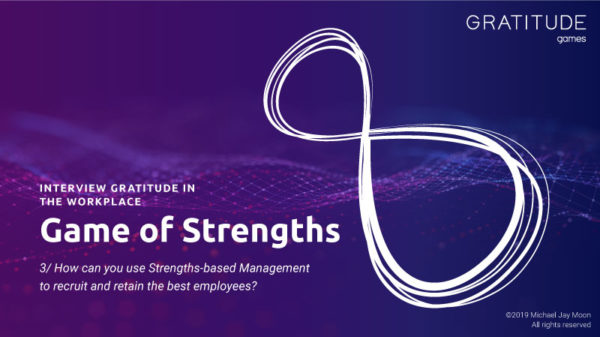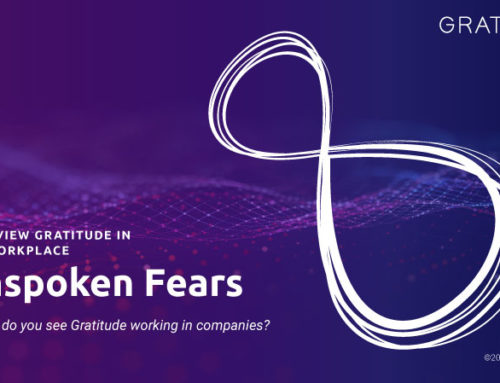HOW DOES STRENGTHS-BASED MANAGEMENT RETAIN THE BEST EMPLOYEES?
Well, strengths-based management is a small part of a larger system of performance management that includes role-specific objectives and key results, position agreements, and so on.
However, I do want to say that when managers and employees follow the protocol for weekly check-in meetings that include the Game of Strengths, together they will eat away at three of the most toxic problems of traditional people or performance management systems.
Three Top Reasons Employees Leave
According to more than a dozen surveys about the reasons workers look for a new job, three causes emerge on top:
Crappy bosses;
Not being recognized for the value that the worker brings to the company; and
Not being challenged to grow in a meaningful way.
Also, Patty McCord of Netflix also makes a good case that many otherwise talented and motivated employees were originally hired for a job that, due to industry changes and growth, the business no longer needs that job done.
So, the employee’s skills and motivation no longer line up with the job that needs to be done. No one’s fault.
I don’t want to over simplify underlying complexity or root causes of the reasons someone wants to leave a company.
Does the company have a larger purpose and business mission than just making money?
Do employees experience that mission is authentic AND operationalized?
How transparent is leadership about the direction of the business, especially about changes in the external landscape and the new jobs to be done?
How do leaders invite or respond to feedback? Criticism? Set-backs? Windfalls?
How do individuals and managers raise potential problems and things that need to be fixed?
How are people rewarded or punished for talking about potential problems?
Is solving a new problem fun and made into a game worth playing, or yet another burden to bear?
How are people’s work recognized, measured, and rewarded?
Is it a challenging and high-stakes game worth playing?
So lots of things go into the loss of value employees and managers.
And that’s why I recommend with something concrete, small, and that a company can prototype in one or two groups, adapt and then roll out in phases.
The combination of individualized objectives and key results, weekly check-in meetings, and strengths-based management is just such as starting point.
Playing the Game of Strengths will increase mutual acknowledgements of the value that the worker AND manager brings to each other’s progress toward objectives, and overall company performance.
That changes one part of the game.
Inspection of results, discussion of issues, and thoughtful feedback in both directions also surfaces if the employee is still a good fit for the job that needs to today and over the next six months.
Thus balancing of weekly progress of personal OKRs with more individualized weekly check-in meetings can and should induce the worker to begin discussing their desire for more meaningful work assignments as well as the manager co-discovering and confirming the employee’s fit to the job.
This gets everyone out in front months before things boil over or require immediate and dramatic change.
Barring a shocking breach of a law or policy, or tripping one of their emotional landmines from past traumas, most workers telegraph their growing frustration, boredom, or lack of meaningful work several months before they begin disengaging and finally quit or get fired.



